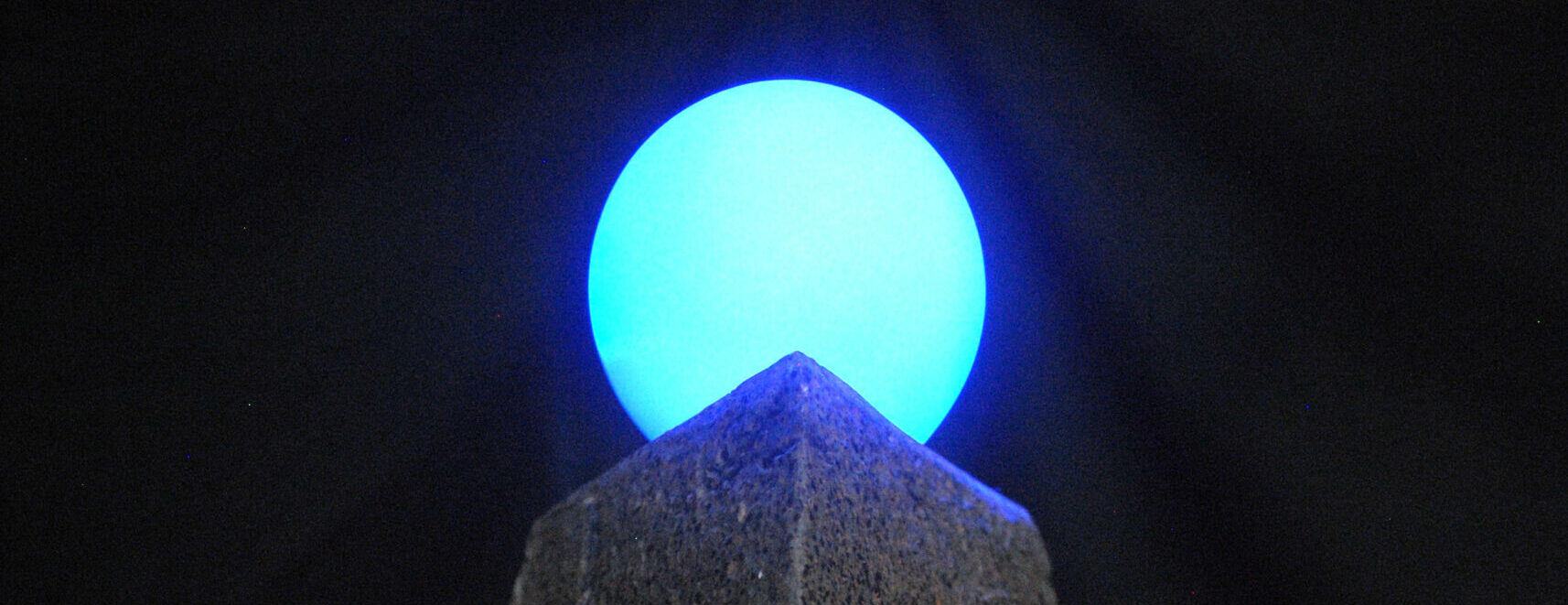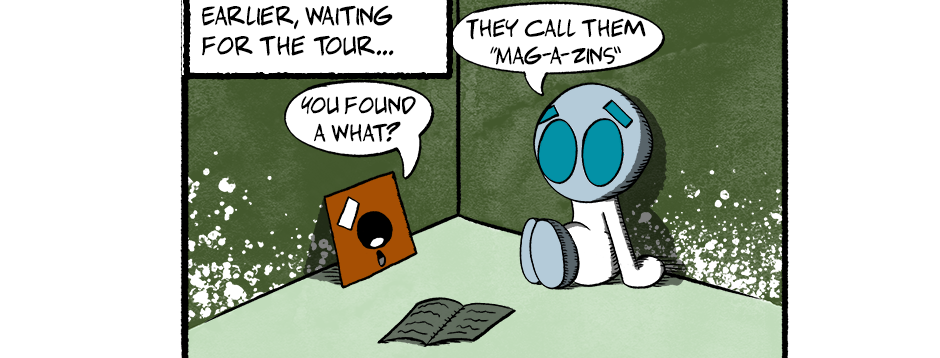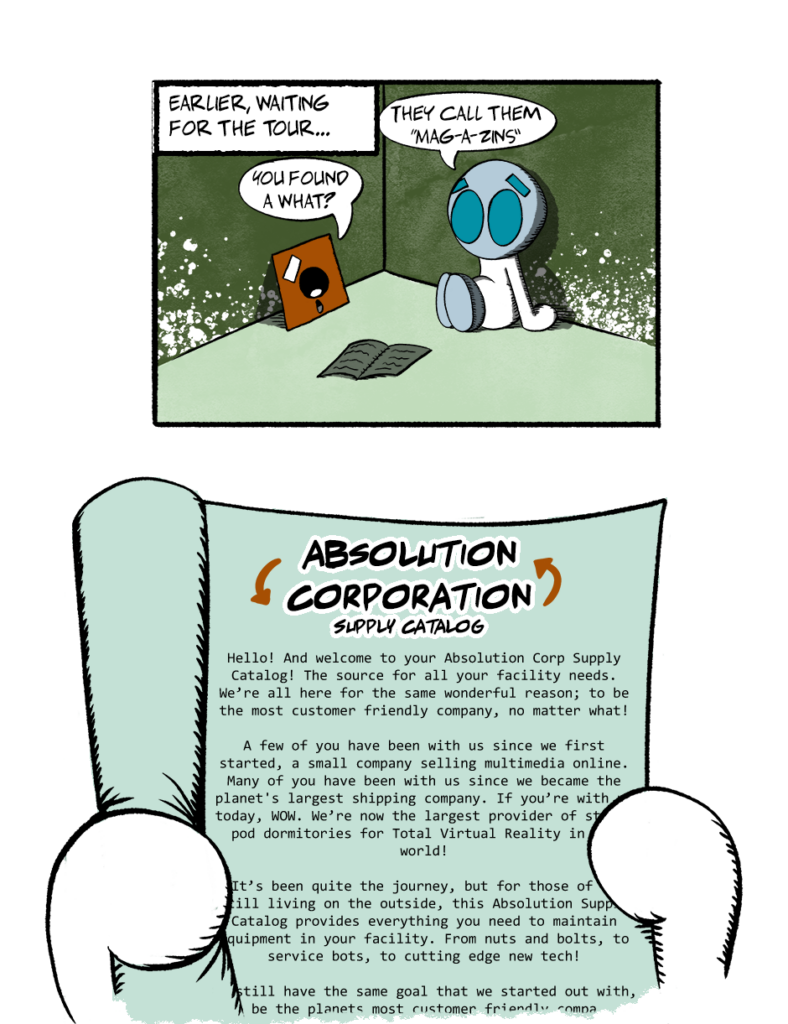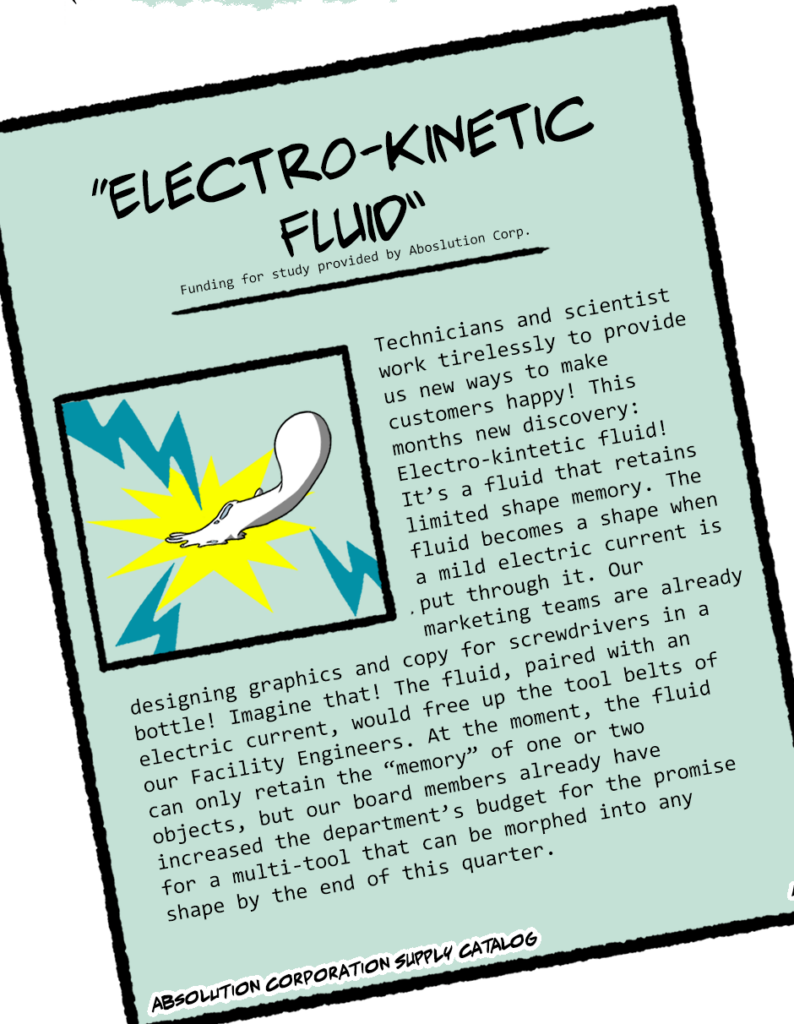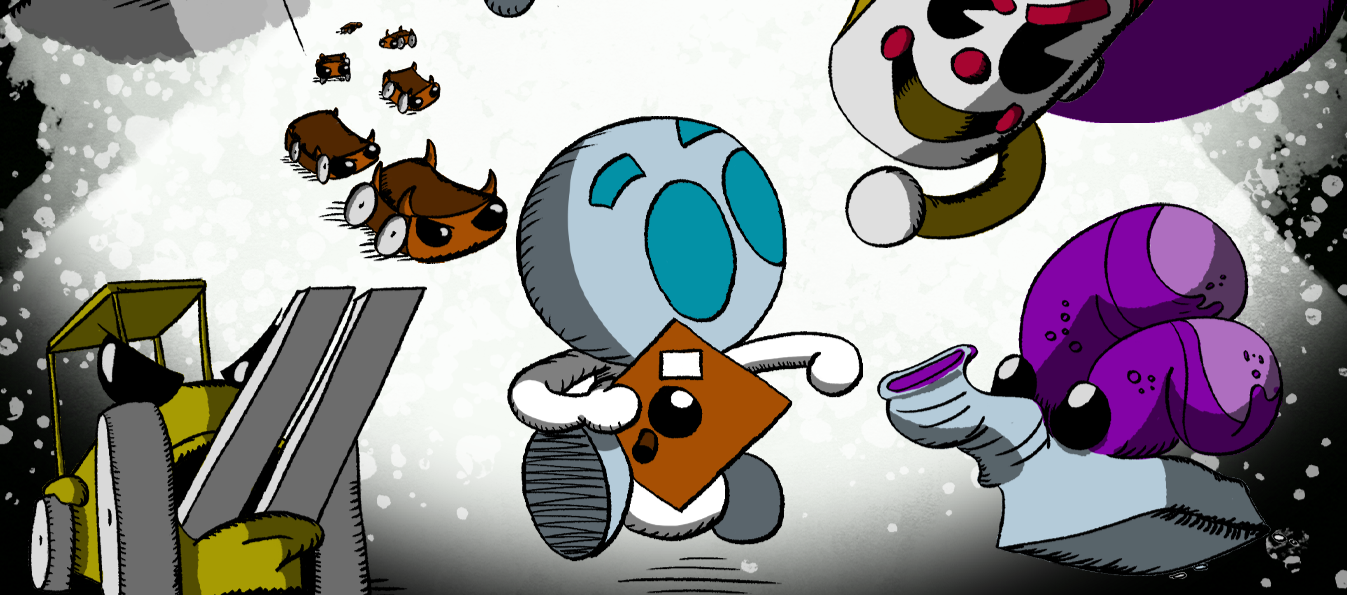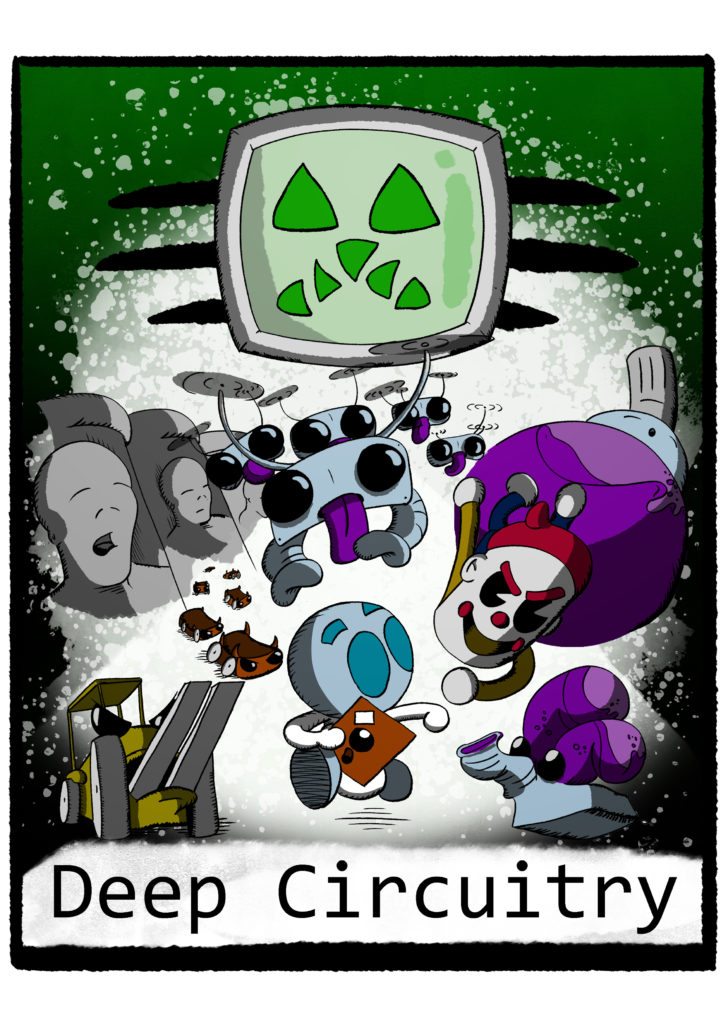I had an idea about the KRB yesterday. The KRB is one of many robots that the Erueniks use when they set down on Earth, before the time of Sumer. The KRB’s number will be 318, Knowledge Retention Bot 318. Now, the KRB was initially created with 4 levels of attention, Primary, Secondary, Trinary, Quaternary.
What if Quinary and lower levels were created as a mitigation for the Maker’s new objectives? So Quinary was developed as a more interpretative, creative attention, and 1-4 mostly use him to mange the lower levels, of which they did not create themselves. Maybe the KRB starts generating attention algorithms to manage the dysfunction created by these new objectives, but it’s not exactly in control. Maybe the Makers made KRBs to have this ability to generate new focus algorithms when necessary, when input is too much for 1-4, but this is an emergency measure, these temporary focus streams were not meant for long term use.
So they create Quinary to manage 6-9, of which are chaotic and glitchy and broken, but the KRBs 1-4 can’t shut them off because they need the extra attention to mange the custom objectives. Quinary was developed initially has a creative problem solver, something to help 1-4 intuit solutions to their messily growing processor environment.
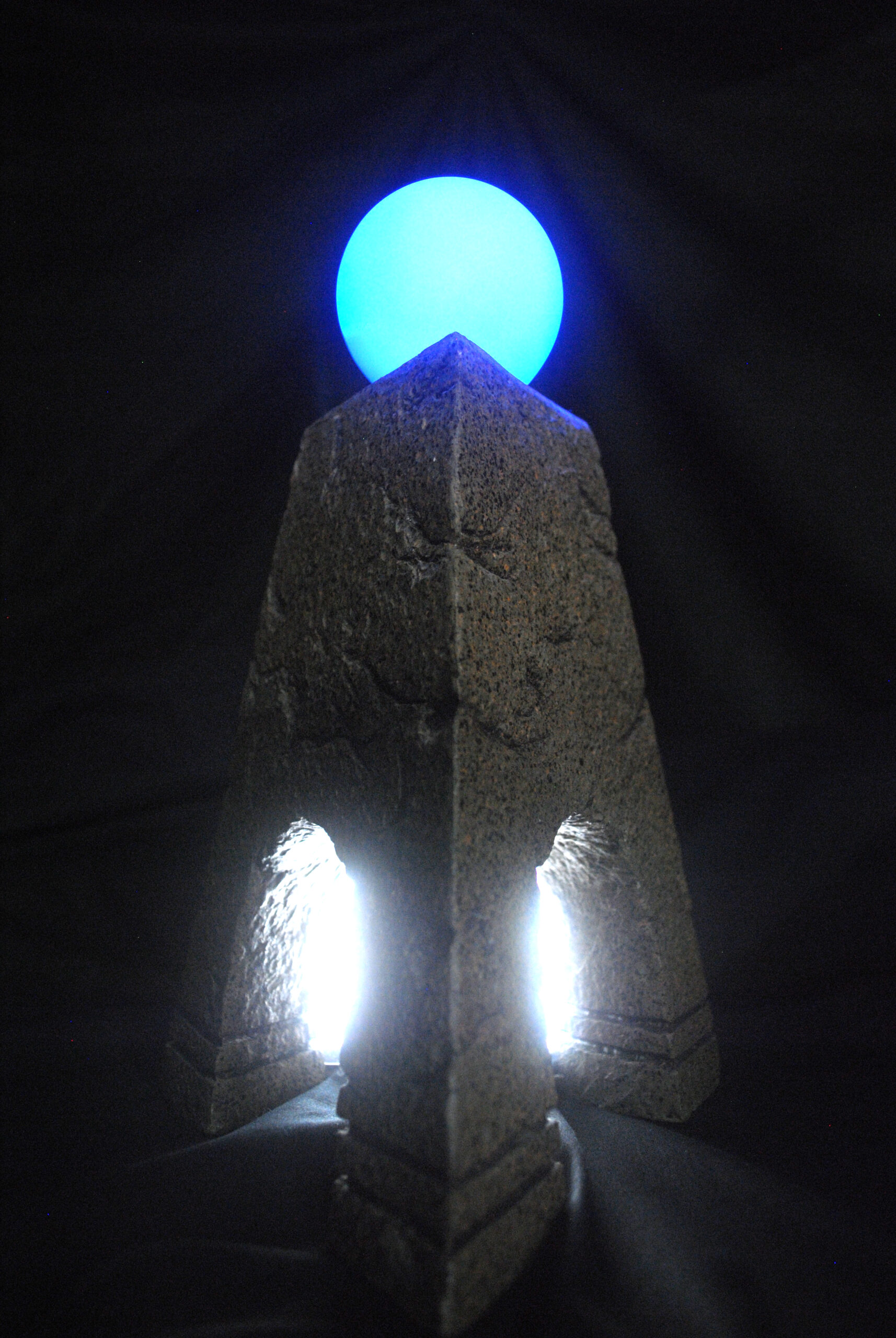
And so Quinary provides a more creative solution to their problem solving, at the same time following their main objectives with a more creative interpretation. When Quinary is watching, he records a more interpretive observation, he often applies personhood to non-living objects, or imagines what is inside a persons head, or captures visuals by generating hand drawn images. While the other levels record data with scientific accuracy, Quinary is creatively interpreting the world around them.
I need to go back and reread and re-watch some stuff for continuity before I start writing.
But this would mean I would rewrite my scripts from the point-of-view of the KRB.


